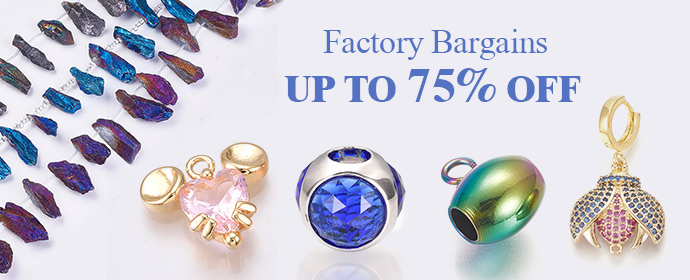Fashion is an ever-changing industry, constantly evolving and adapting to the changing trends of society. From the flapper dresses of the 1920s to the oversized streetwear of the present day, fashion has gone through a significant transformation. Let’s explore the evolution of fashion design from the 1920s to present day.
The 1920s was a time of great change in fashion. Women embraced a new, more liberated style, with shorter hemlines and looser-fitting clothing. The flapper dress became the iconic style of the era, characterized by its straight, shift silhouette, low waistline, and beaded embellishments. The popularization of the flapper dress represented a cultural shift towards a more liberal and free-thinking society.
In the 1930s, the Great Depression had a significant impact on fashion, leading to a more practical and subdued style. Women’s clothing became more tailored and form-fitting, with fitted blazers and high-waisted skirts becoming a staple of the decade. The Hollywood glamor of the era also influenced fashion, with movie stars like Joan Crawford and Marlene Dietrich popularizing glamorous, feminine styles.
The 1940s saw a return to femininity in fashion, with fuller skirts and hourglass silhouettes becoming popular. The iconic “New Look” designed by Christian Dior in 1947 featured a full skirt, nipped waist, and rounded shoulders, ushering in a new era of feminine elegance. The 1940s also saw the introduction of nylon stockings, which quickly became a must-have item for women.
The 1950s are often regarded as the golden age of fashion, with the hourglass figure remaining the ideal body type. The era was characterized by full skirts, cinched waists, and bright colors, with designers like Coco Chanel and Christian Dior leading the way. The iconic little black dress also became a staple of women’s fashion during this time.
The 1960s saw a dramatic shift towards more relaxed, casual clothing. The hippie movement popularized bell-bottom jeans, tie-dye shirts, and other colorful, free-spirited styles. The era was also marked by the emergence of the mini skirt, which quickly became a symbol of female liberation.
In the 1970s, fashion became more diverse and eclectic, with a mix of different styles and trends. Disco fever swept the nation, leading to a resurgence of high-waisted pants, glitter, and platform shoes. The punk movement also emerged during this time, with ripped jeans, leather jackets, and studded belts becoming the epitome of rebellious style.
The 1980s was a decade of excess, with bold, bright colors and exaggerated silhouettes dominating fashion. Shoulder pads, neon colors, and leg warmers became the defining trends of the era. The 1980s also saw the rise of the power suit, which became a symbol of female empowerment in the workplace.
In the 1990s, fashion became more minimalist and understated, with a focus on comfort and simplicity. Grunge style, characterized by flannel shirts, ripped jeans, and combat boots, became popular among the youth. The era also saw the rise of the supermodel, with icons like Cindy Crawford and Naomi Campbell dominating the runway.
In the present day, fashion has become more diverse and inclusive, with a mix of different styles and trends. Streetwear has become a dominant force in fashion, with oversized hoodies, graphic tees, and sneakers becoming a staple of modern-day style. Sustainable fashion and ethical design have also become increasingly important, with many designers emphasizing the importance of reducing waste and promoting eco-friendly practices.
In conclusion, the evolution of fashion design over the past century has been marked by constant change, innovation, and creativity. From the opulent glamour of the 1950s to the edgy minimalism of the 1990s and the global diversity of the 21st century, fashion has always reflected the social, cultural, and political trends of the time. Despite its constant evolution, fashion remains an enduring and important part of our cultural landscape, constantly inspiring and challenging us to embrace new styles and ideas.
Photo from Google
Recommend0 recommendationsPublished in Uncategorized


